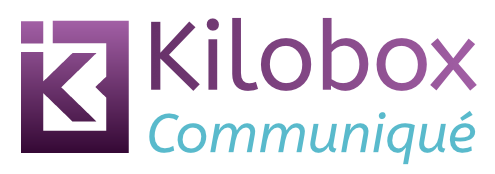
Focus
Specifically know where your project is heading, and its objectives. Know exactly what actions you’re taking to reach your vision, and what actions you will take next. Concentrate on your goals, your vision, your objectives and focus your actions in a laser-like manner.
Alternative learnings remind you to diversify, to have many fingers in many pots and to have several audiences so that if one revenue stream or client base dries up, you have other markets to hold you up.
Go where your audience goes
Whoever you’re serving, go where they go, and make your service accessible. This might be philosophically, or it might be physically (hence the need for social network ‘outposts’ outside of your main website). Some projects can draw people in, but most need to take the mountain to the people. Any barrier (however insignificant to you) can stop an audience member engaging.
Alternative learnings remind you to funnel people’s behaviour so that they come to assume that “your way is the only way” – see Starbucks, eBay and Facebook.
Do the work
Work hard and fast. Get it done, get it our there, show it, talk about it, use it. Planning is important, but unless you’re carving in stone, getting the project into the hands of real people is more important than getting absolutely everything perfect. You will have a second edition if your audience can fall in love with the first edition.
Alternative learnings remind you to have a good plan, that covers most of the bases. You don’t have to plan for every risk, but you do have to have a concept for every eventuality. You have to plan for more than the life of the project, you have to plan for what happens after launch. A good plan might concentrate on quality, which might help you reduce the scope, which reminds you to focus.
My name is Wedge and you can find me at kilobox.net where I talk about good communications. This particular text is free to use under a Creative Commons Attribution-No Derivative Works 2.0
If you’d like to share or tweet this article, the short URL is: http://kilobox.net/1364
Photo credit: Auntie P



It’s taken me a while to comment on this post, but I bookmarked it straight away and I keep referring back to it when I need inspiration to focus and get things done. It’s a valuable article, so thank you.